Growing cucumbers
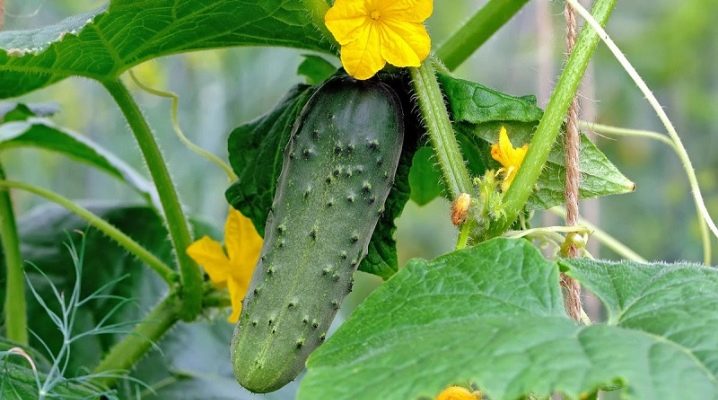
The cucumber is considered a rather capricious agricultural crop, which has a number of specific requirements for cultivation. Any mistake made by a gardener in the cultivation of cucumbers can lead to the fact that they are small, deformed, bitter, sour or generally tasteless.
What recommendations should be followed when growing this demanding crop? How to properly grow and plant cucumber seedlings? How to get a great harvest?
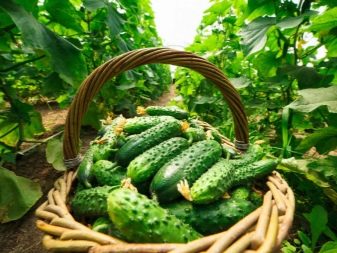
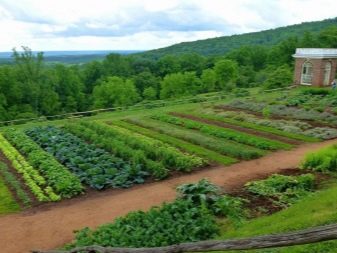
The necessary conditions
Cucumber is an annual liana-like crop, for the cultivation of which it is necessary to create special favorable conditions on the site (both in open and in protected ground). First of all, this concerns such factors as:
- good illumination;
- a sufficient amount of free space;
- increased, but not too high (!) humidity of both soil and air;
- suitable temperature (soil and air);
- good nutrition (nutrient content in the soil).
Cucumbers are light-loving plants that need good lighting throughout the day. The lack of sunlight (noted, for example, when planting seedlings in a strong shade) has a detrimental effect on them, as a result of which the cucumber lashes stretch out, become weak, and lag behind in development. However, a long stay in the bright, scorching sun for cucumbers can also be no less harmful, since in such conditions there is a risk of burns for plants. In addition, the experience of many summer residents shows that with prolonged sunny and hot weather, cucumbers begin to form ugly and bitter fruits.
Soft but abundant diffused lighting is optimal for growing cucumbers (both seedlings and adult plants). In this case, the duration of daylight hours should be at least 10-12 hours.
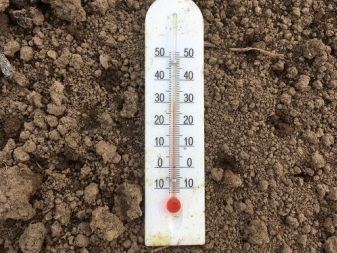
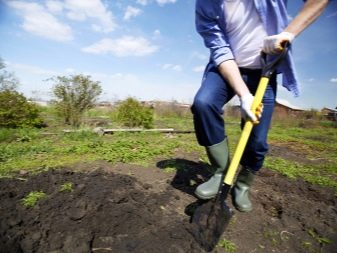
It is not recommended to plant cucumbers close to each other or to other plants, without leaving enough free space for them. In conditions of tightness and thickening, the plants will not fully develop and, as a result, will not be able to give a truly plentiful and high-quality harvest. The gardeners consider 3-4 plants (depending on the variety) per 1 square meter to be the optimal planting density. meter.
It is also important to note that cucumbers are a moisture-loving crop that does not tolerate drought well. For this reason, when growing cucumbers both in the greenhouse and in the open field, gardeners pay particular attention to regular watering and periodic spraying of plantings. It should be borne in mind that moisture deficiency is another reason for the formation of bitter and lethargic fruits of an ugly shape.
A certain temperature regime is another important condition that must be observed when growing cucumbers in open and closed ground. This capricious culture is extremely painful to endure a cold snap, and a critical and sharp drop in temperature can be completely disastrous for it. The optimal temperature at which cucumbers feel comfortable and develop normally is 19-25 ° C.
It is also worth noting that a strong increase in air temperature (above 35 ° C) can negatively affect the growth and development of plants, therefore, in very hot weather, it is recommended to shade them and protect them from direct sunlight.Experienced gardeners also note that cucumbers love and respond with great gratitude to regular feeding and are extremely reluctant to grow on poor, infertile soils. Lack of nutrients in the soil inevitably affects the quality, size and quantity of fruits.
Given this circumstance, gardeners prepare the soil for sowing cucumber seeds and for planting seedlings in advance, enriching it with compost, humus, rotted manure, and complex fertilizers.

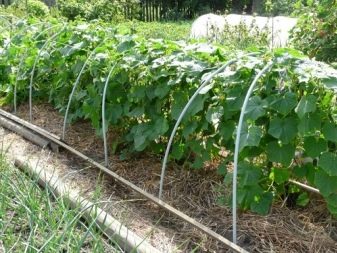
The best predecessors and neighbors in the garden
To provide themselves with a rich harvest of delicious and crispy cucumbers, experienced gardeners pay a lot of attention to competent crop rotation. So, in the same place, cucumbers are allowed to grow no more than 3-5 years in a row. Further, it is recommended to transfer the cucumber plantings to a new place.
The best predecessors, after which it is allowed to plant cucumbers, are:
- potato;
- various types of cabbage (savoy, white and red cabbage, cauliflower);
- green (parsley, lettuce, dill, coriander);
- peas;
- annual flower crops.
In the vicinity of cucumbers, many summer residents advise planting sunflowers. These vigorous plants will protect cucumber lashes from the sun and can even act as a natural support for them.
Gardeners do not recommend planting cucumbers in places where crops that intensively consume nutrients from the soil were previously grown. These include corn, melons and gourds.

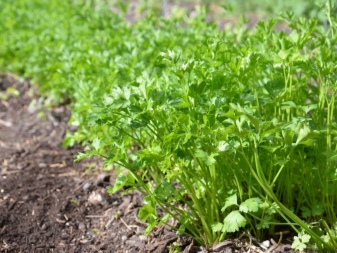
Growing seedlings
Experienced gardeners know a fairly large number of methods and technologies for growing cucumber seedlings, but they all have many features in common. The most popular step-by-step scheme of actions, in accordance with which most gardeners prefer to grow cucumber seedlings, is as follows:
- prepare a soil mixture for sowing (garden soil, humus, peat, sawdust in proportions 2: 2: 2: 1);
- fill cups, boxes or containers with potting soil;
- sow seeds, deepening them by 1.5-2.5 centimeters;
- plentifully spill containers with landings;
- cover the containers with foil.
Instead of the specified soil mixture, it is allowed to use a mixture of turf and humus (2: 1) or ready-made soil for flowers and seedlings. In addition to plastic containers and cups, small pots made of peat-cardboard or peat-wood mixture ("peat pots") can be used as planting containers. When using such pots, in the future, there is no need to remove the plant from the transplant container. The pot itself, placed in the planting hole, will eventually disintegrate into fragments and decompose naturally.
For sowing, you can use both dry and soaked seeds. As a rule, summer residents resort to preliminary soaking of seeds in order to check their germination, since this procedure allows timely rejection of unusable and non-viable planting material.
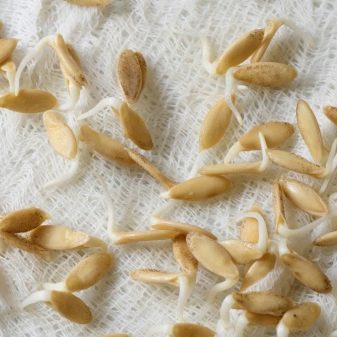
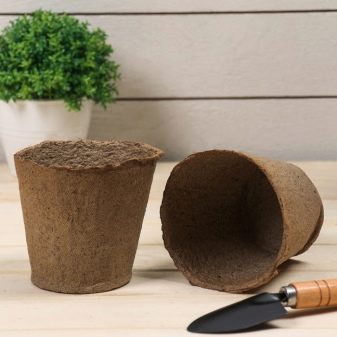
Seeds are usually soaked for 1-1.5 days using settled water at room temperature. In some cases, cucumber seeds are soaked in a pale pink solution of potassium permanganate, which has an antibacterial (disinfecting) effect. Before the emergence of seedlings, the soil in containers with crops is regularly moistened, preventing it from drying out. If all the above recommendations are observed, seedlings appear on the 5-10th day (the timing depends on the varietal characteristics of the plants). After the first shoots sprout, the film is removed from the planting containers.
In order for young plants to fully develop, they maintain high humidity in the room (at least 60%). To do this, they carry out regular spraying of plantings, use additional devices (air humidifiers, wide trays with water).To prevent the cucumber sprouts from stretching, they should be placed for a short time in a room with a moderately cool temperature (in the basement, on the balcony). The air temperature in the room should be at least 15-16 ° С. After a few days, the seedlings are returned to a warm room, where the daytime temperature reaches + 22-23 ° С, and the nighttime temperature does not exceed + 18 ° С.
Approximately 1.5-2 weeks before the expected date of planting in open ground, the grown cucumbers begin to harden so that in the future they can more easily adapt to new conditions. For this, containers with plants are transferred to a glazed balcony, loggia or to an unheated greenhouse, where the air temperature slightly exceeds the outside air temperature.
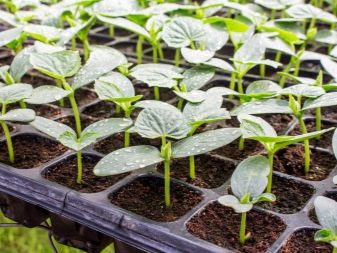
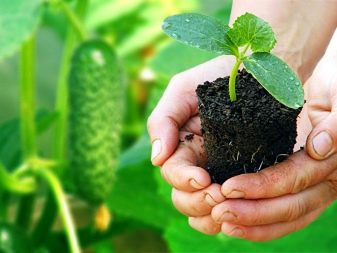
Landing in open ground
When 2-4 true leaves are formed on the plants, they are allowed to be planted in a permanent place. It should be protected from drafts and well lit by the sun during the day. In advance, in the fall, the soil at the cucumber planting site is dug up and enriched with organic matter (rotted manure, ready-made complex fertilizers). At the landing site, they equip holes about 10-12 cm deep. The distance between the holes should be at least 50 cm. If the cucumbers are planned to be grown vertically (on trellises), then the distance between the holes can be 30-35 cm. It is not recommended to place them on 1 square meter. meter of a bed more than 3 plants.
The planting of cucumbers is carried out carefully, removing the plants along with an earthen clod on the roots. It is important to remember that in this culture, the root system is characterized by increased fragility, therefore, cucumbers tolerate a rough transplant very painfully. After planting, the plants are watered abundantly. Helpful advice: after watering, it is recommended to shade the seedlings with a non-woven material - this will allow the plants to quickly adapt to the new place. It is strongly discouraged to leave freshly planted cucumbers without temporary shelter in hot and sunny weather.
Also, plantings should not be left unprotected during the period of short-term cold snaps, when the air temperature drops to 10-12 ° С. In this case, arcs are installed over the cucumbers, on which a film coating or spunbond is fixed.
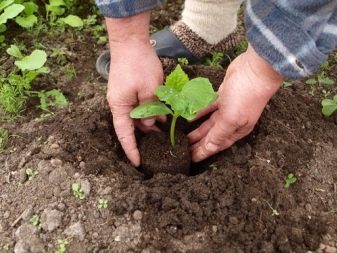

In regions with cool climates and unstable weather conditions, many gardeners grow cucumbers in compost pits (heaps) or in car tires. With these methods of cultivation, cucumbers rarely suffer from sudden temperature changes and sudden cold snaps at night.
The secret of arranging a "vertical bed" of wheels:
- 3 old car tires are stacked on top of each other;
- fasten the tires together with any available means (wire, twine);
- fill the resulting structure with fertile soil, compost, humus.
From 1 to 3 plants are planted in a finished structure from tires. Then they take care of them in the same way as for plants planted in a regular garden bed.
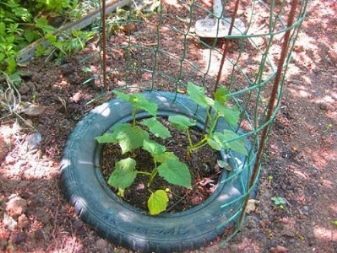
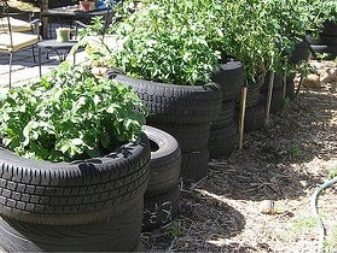
Care
The main care for cucumbers in the country is regular abundant watering, periodic feeding, garters and pinching. From time to time, plants are carefully examined for signs of pests or signs of possible disease.
Watering
Watering the beds with cucumbers should be 1 time in 2-3 days (in a hot dry summer, watering is allowed every other day). For irrigation, only settled warm water is used, consuming 5-6 liters per 1 sq. meter before flowering and 10-12 liters - at the stage of ovary formation. Watering is carried out at dawn or after dusk.
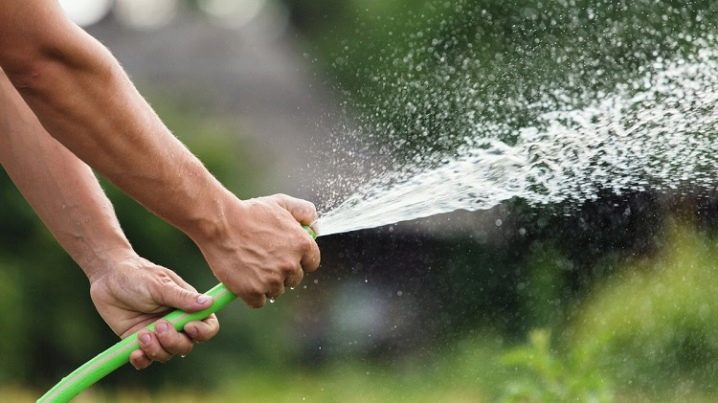
Garter
As they grow, cucumbers need to be tied up. This must be done so that the plants receive a sufficient amount of light and air. In addition, the garter of cucumbers during the fruiting period will avoid fruit rotting and damage by pests and pathogens of various diseases that live in the soil.
For the garter, twine or strips of soft but durable fabric are used, with which the plants are attached to the support. When tying cucumbers, the loops are not too tight so as not to damage the stems. Single-stem cucumber varieties do not need pinching. In vigorous varieties, the main stem is usually pinched after 7 leaves.
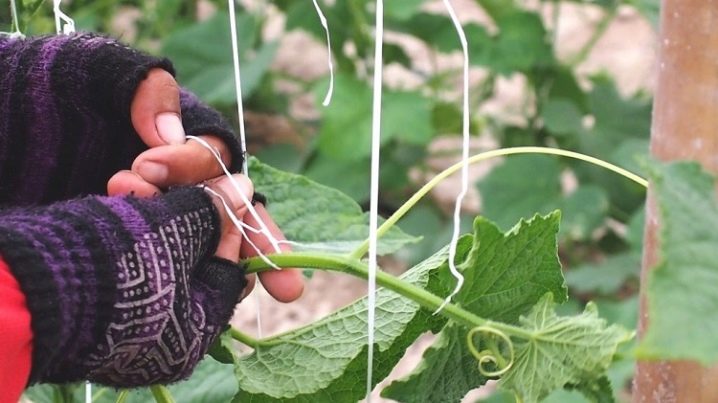
Fertilizer
Using organic and mineral fertilizers wisely, you can not only increase the yield of cucumbers, but also accelerate their ripening. The first time fertilizers are used immediately after the cucumbers have bloomed - at this stage, a mixture of urea, potassium sulfate, superphosphate and sodium humate is used (1 tsp of each component per 1 bucket of water).
The second and subsequent feeding is carried out during the formation of ovaries and fruiting. At this time, the plants are fed with a mixture of nitrophoska (1 tbsp. L.) And bird droppings diluted with water (1 glass). These components are poured with a bucket of warm water and the resulting composition is consumed at the rate of 5 liters per 1 sq. meter landings. It is allowed to replace the above nutrient solution with ready-made complex fertilizers for vegetable crops: "Fertility", "Fertika", "Kristalon cucumber".
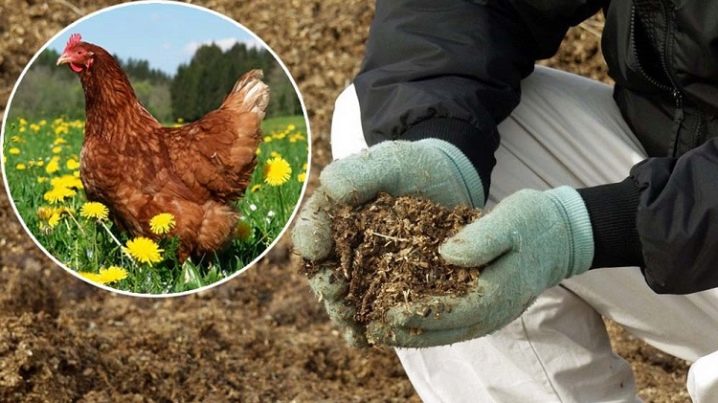
Diseases and pests
Violation of the irrigation regime, accompanied by stagnation of moisture in the soil, can cause damage to cucumbers with powdery mildew. With this disease, extensive spots of a dirty gray color begin to form on the leaves of plants. As the disease progresses, the spots can increase in size, merge with each other. Without treatment, the affected plant dies. To destroy the causative agent of powdery mildew (pathogenic fungus), fungicidal agents are used: "Quadris", "Tiovit Jet".
Another dangerous disease of cucumbers caused by a pathogenic fungus is anthracnose. With this disease, necrotic areas of yellow color are formed on the leaves, which increase in size over time. For the treatment of anthracnose, the same fungicides are used as for powdery mildew. Additionally, plants are recommended to be treated with an aqueous solution of sulfur. Aphids are one of the most famous pest parasites that feed on plant cell sap. When aphids are affected, cucumbers begin to noticeably lag behind in growth, weaken and dry. The parasite itself can be detected upon close inspection from the seamy side of the leaves. To combat the pest, drugs such as "Fitoverm", "Biotlin", "Stop aphids" are used.
Another insidious pest that feeds on cucumber juices is the spider mite. The fact that the plantings suffered from this particular parasite is evidenced by the yellowing and wilting of the leaves, accompanied by the formation of massive clusters of cobwebs. Acaricides are used to destroy the pest: Aktara, Akarin, Iskra-Bio.
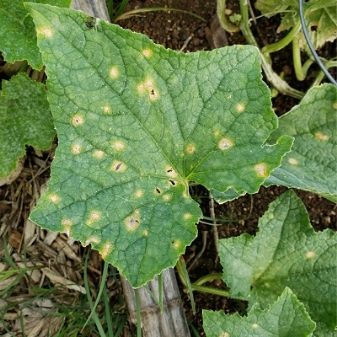














The comment was sent successfully.